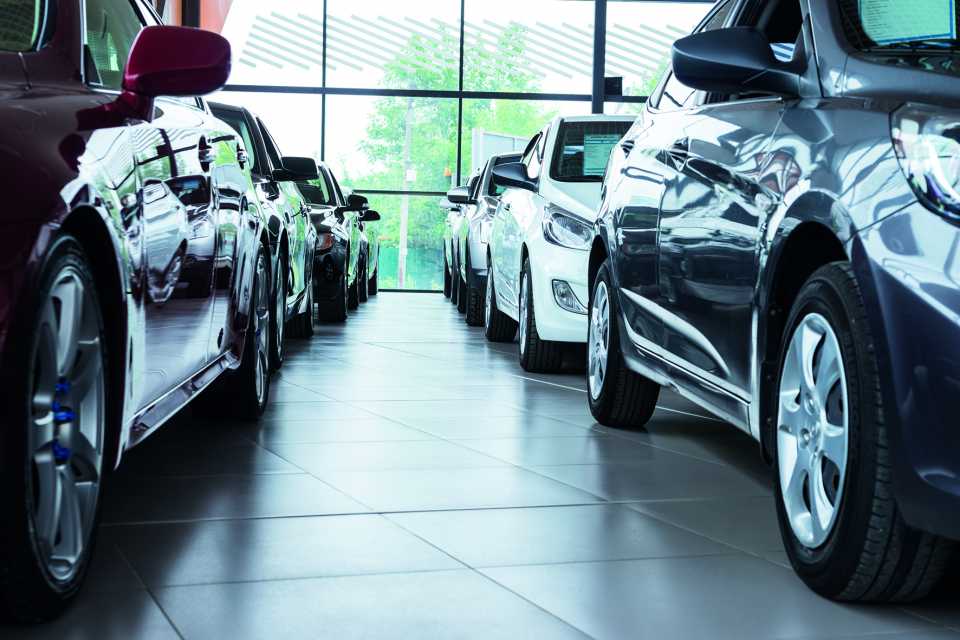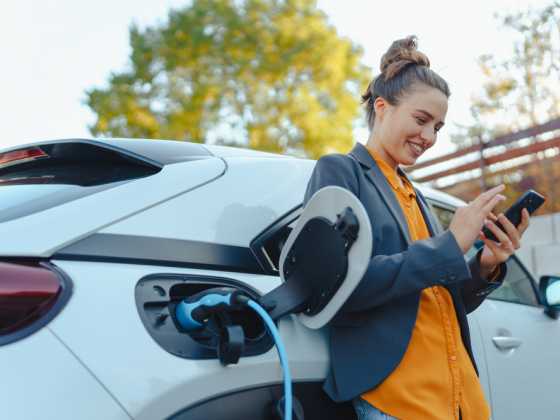WLTP could mean the end of optional extras

Analysis by Autovista Group into the impact of optional equipment on WLTP emissions figures has found that commonly selected combinations have a significant impact on tax.
This may force manufacturer to streamline their vehicle ranges and option packages.
“NEDC emissions testing was based on vehicles with limited equipment fitted as standard,” explains Samuel Keates, Director of Specifications at Autovista Group. “Under the new WLTP regime, worst- and best-case cars need to be tested with their optional equipment fitted to present a clear view on more achievable driving emissions and fuel consumption for each level of specification that is offered.”
Autovista examined the impact of options on a specific variant of a premium-brand D-segment model that is a popular choice with fleet buyers. Depending on body style and drivetrain, the model variant has CO2 emissions ranging from 152-166g/km as measured by the WLTP test. In NEDC-correlated terms, the figures range from 124-136g/km. Although this is not a vast range, it does have tax implications in many European markets.
For example, fitting a tow bar can increase CO2 emissions by 1-2g/km because of the impact on weight and aerodynamics. A panoramic roof generates a similar effect. An increase in wheel size impacts the weight and rolling resistance of the car; fitting 18” wheels instead of 17” wheels adds about 2g/km more in CO2 emissions. Fitting run-flat tyres as an option instead of the standard tyre repair kit also increases emissions by about 1g/km.
The European Commission has stated that any increase in costs must not be passed on to the consumer, which could cost manufacturers financially.
Samuel adds: "The WLTP test does not provide for any testing of 'dealer-fit' accessories and this may incentivise manufacturers to move increasingly to dealer-fit only options - especially those which can be easy to retrofit such as tow bars. While this adds to logistics and manufacturing complexity, avoiding the CO2 uplift from these options could save a significant amount in tax on an individual vehicle and lead to greater sales in particularly competitive segments.”



